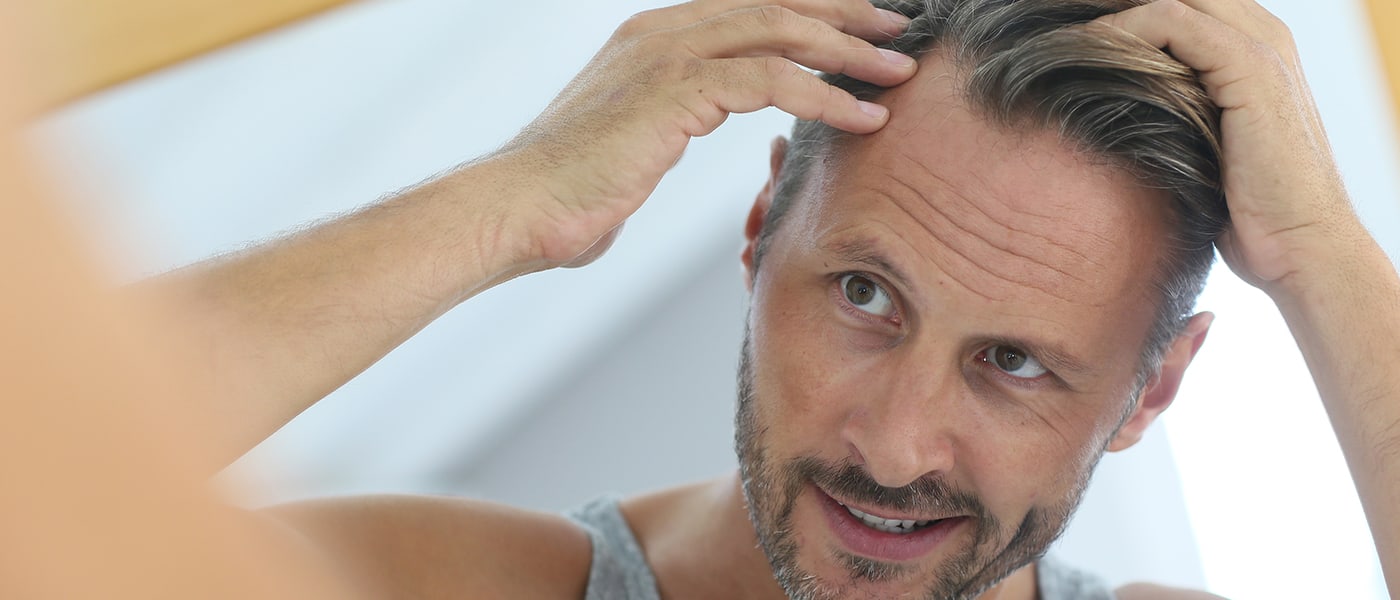Using Peptides to Treat Hair Loss
Hair loss is a common problem for both men and women. Usually, it occurs due to genetic reasons, poor nutrition, or lack of protein in the body. But sometimes, even healthy individuals start losing their hair sooner than they should.
Approximately 50% of people experience hair loss after age 30. And male pattern baldness affects about 2/3rds of Caucasian men by age 70. The majority of these cases can be treated effectively using peptides. They can stop the process that has started, which will eventually halt further hair loss.
Do Hair Loss Treatments Work?
Many hair loss peptide treatment products are on the market today, but not all work. Therefore, you need to research and read previous user reviews. It’s better if you choose a combination of several peptides because different types of peptides have various functions. But before you order any product, please consult a dermatologist or a physician to know which type of peptides would effectively treat your problem.
The active ingredients take at least 3 months to fully penetrate dermal papilla cells and upregulate certain genes that prevent further hair loss. The results will slowly start showing after three months, but it may take even longer than that, depending on how fast your body responds to the treatments.
Treat Hair Loss in 3 Steps
There are three steps in treating hair loss with peptides. First, you must take a natural approach to treat hair loss by improving your diet and following a healthy lifestyle. This will give the new hair follicles enough strength to grow even after they’ve been activated using peptides.
To avoid hair loss, eat more foods containing vitamins C, E, B6, zinc, selenium, and omega-3 fatty acids (found in fish oil). At the same time, limit the intake of saturated fat, which can be found in red meat, butter, and processed food. It’s also advisable to quit smoking because not only does it cause cancer but many other diseases that damage your skin, including premature aging that can also cause hair loss.
The second step is to use hair growth peptides. These are proven to work by stimulating blood circulation to the scalp area, improving hair follicles’ nutrition supply, and inducing hair regrowth. PRP Therapy uses peptides, and you might find that it provides excellent results. Just make sure you choose a reputable men’s clinic with doctors who know exactly what they’re doing and ask for before and after the results of their patients.
The third step is to use hair loss treatments designed specifically to reverse the process of hair loss. Usually, these topical solutions should be applied directly on your scalp and not ingested by mouth. However, if you want to regrow a large amount of hair, it may be better to take some supplements which contain nutrients such as vitamins E, C, and B6, zinc, selenium, and amino acids. Taking them orally will increase the effects on your scalp because the blood circulation in the lower parts of your body will improve, giving your new follicles a proper nutrient supply from all sides, including from the inside out.
Combining Hair Loss Peptides with PRP Therapy
PRP platelet-rich plasma can be a carrier for peptides that penetrate dermal papilla cells and induce hair growth. Some people mix PRP with dermarollers or micro-needles to produce the desired effect and stimulate the scalp more intensely. But you should know that not all peptides work best on top of PRPs. Some can cause negative reactions when mixed.
It’s important to remember that no matter what treatments you choose, it takes time to see results. You shouldn’t expect amazing overnight changes because they don’t exist. It’s also advisable to use sunscreen daily because your new hair is very short. The sun’s UV rays can still damage it. Causing permanent hair loss that can’t be reversed by any hair loss treatment you might decide to use.
